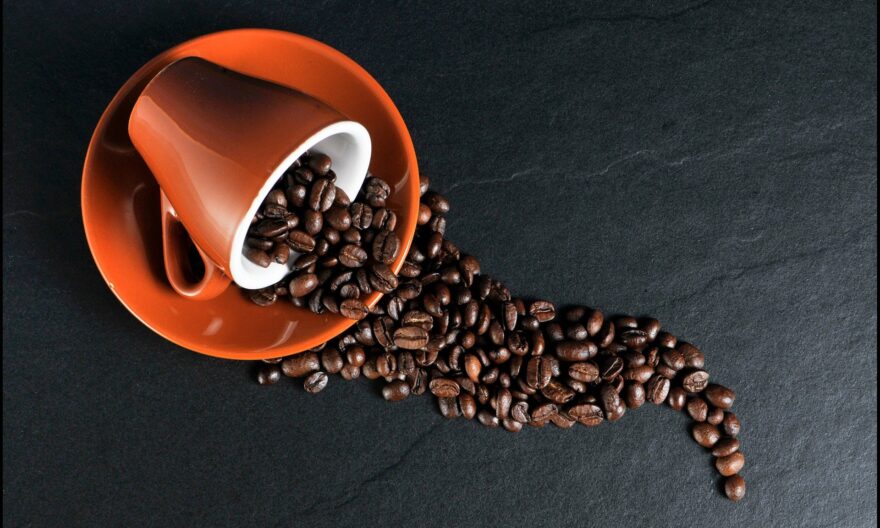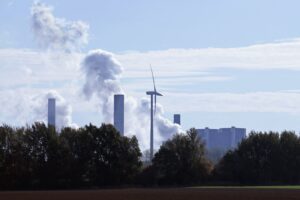
Americans currently drink 146 billion cups of coffee a year. But, a blast of cold weather in Brazil could mean the average coffee could soon end up costing a lot more.
Coffee trees are known to be highly sensitive to falls in temperature. Depending on how severe the cold is, the damage can often end up being fatal to the plant.
In addition to this, when a coffee farmer needs to replace a tree, it can take up to three years from it being planted to the tree producing new beans.
At the moment, the cold weather in Brazil has meant that approximately 11% of the country’s crops are under threat and this has pushed Arabica coffee prices up by 30%. This is the highest price in 21 years, and forecasters predict more cold air (and crop damage) in the coming weeks.
In an interview with Reuters, Charles Sargeant, softs and agricultural commodity broker at Britannia Global Markets, commented on the coffee crop in Brazil.
He said, “The extent of the damage is still unclear, however, estimates are now between 5.5 million and 9 million (60 kg) bags, up from 2 million to 3 million last week.”
When asked if the price would be temporary and return to normal eventually, or whether this would be the new normal, he said, “I’ll fall short of saying it’s temporary. I wish I knew.”
Over the last month, prices have slowly increased for consumers. So far, the cost of coffee has increased by around 35% overall.
Experts predict that this will affect both grocery store prices and coffee shops like Starbucks. Some believe that shoppers will see a $3 to $4 price increase on a pound of coffee.
Most of this year’s smaller production has already been harvested, so the situation is unlikely to change. But, next year’s crop is now deemed crucial in balancing the global supply.



